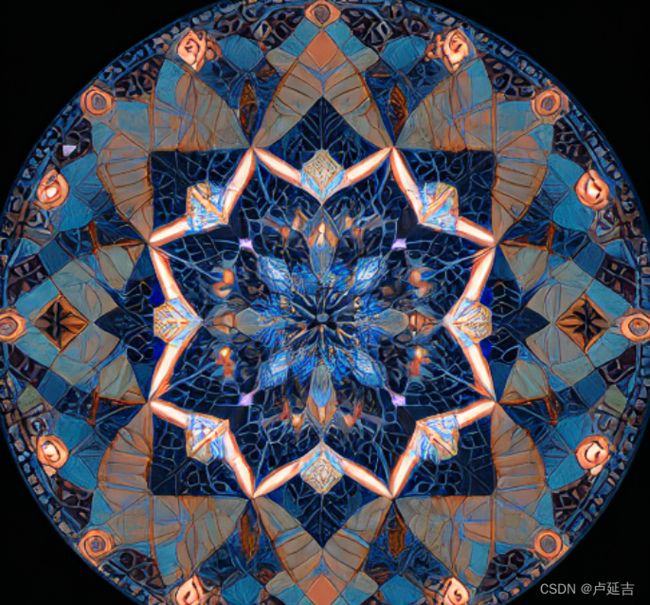ML Design Patterns——Design Pattern Feature Cross
Simply put
In the world of machine learning, one of the essential tasks is feature engineering, which involves transforming raw data into a meaningful representation that can be easily understood by machine learning algorithms. Feature engineering plays a crucial role in improving the performance of machine learning models.
Feature engineering often involves creating new features based on the existing ones to capture complex relationships and interactions between them. One powerful technique for achieving this is known as feature crossing, which involves combining two or more features to create a new composite feature.
Feature crossing is particularly useful when dealing with categorical or discrete features. By combining these features, we can create cross-product features that capture joint occurrences. This technique helps the model capture interactions that might not be directly represented by the individual features themselves.
To illustrate the concept of feature crossing, let’s consider an example. Suppose we have two features: “gender” and “age_group”. The “gender” feature can take values such as “male” or “female”, while the “age_group” feature can be “young”, “middle-aged”, or “old”. By crossing these two features, we can create new composite features such as “young_male”, “middle_aged_female”, and so on. These composite features can potentially capture more nuanced patterns and interactions present in the data.
The benefit of feature crossing is that it allows the model to learn more complex relationships between features, improving its predictive capability. It helps capture interactions that might not be explicitly represented in the dataset. For example, in our previous example, the model might learn that males in the “young” age group have a higher likelihood of a certain behavior, whereas females in the “middle-aged” group have a different likelihood. By crossing these features, the model is better able to capture these nuanced relationships.
Feature crossing is especially effective when used in combination with non-linear models such as ensemble methods, deep learning architectures, or boosted trees. These models have the capacity to learn complex interactions between features, and feature crossing provides them with the necessary input to capture such interactions.
While feature crossing can be a powerful technique, it is important to be mindful of the curse of dimensionality. Feature crossing can quickly increase the dimensionality of the dataset, leading to a higher risk of overfitting and computational challenges. Therefore, it is essential to select the most relevant and meaningful features for crossing while considering the limitations of computational resources and model complexity.
In summary, feature crossing is a valuable design pattern for feature engineering in machine learning tasks. It allows us to create composite features by combining two or more existing features, capturing complex relationships and interactions that might not be directly represented in the dataset. By incorporating feature crossing into our feature engineering pipeline, we can enhance the performance and predictive capability of our machine learning models.


